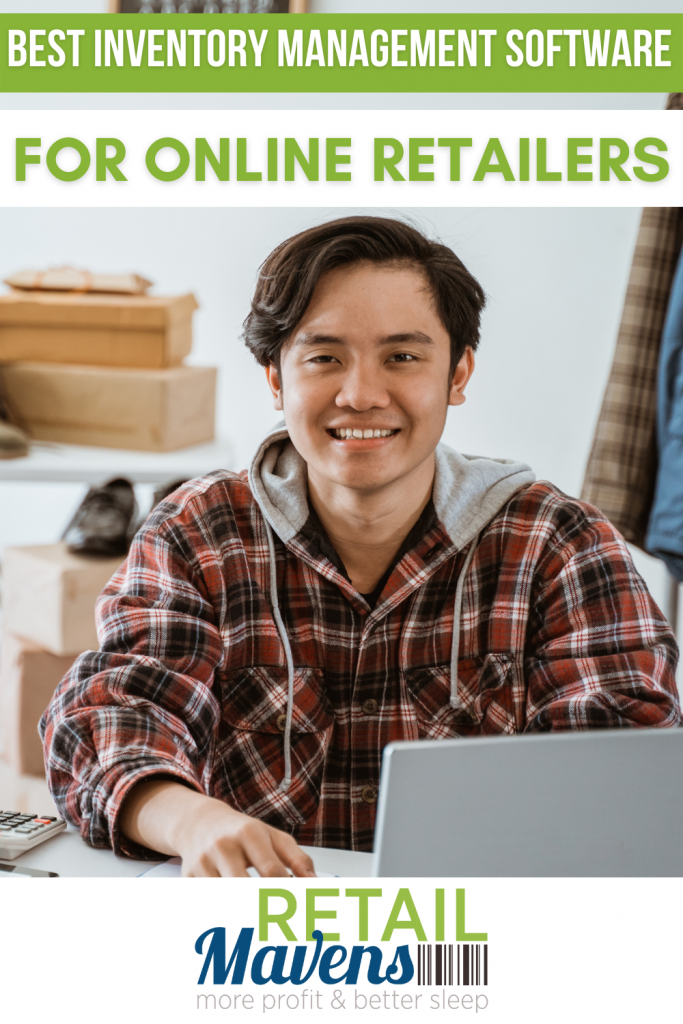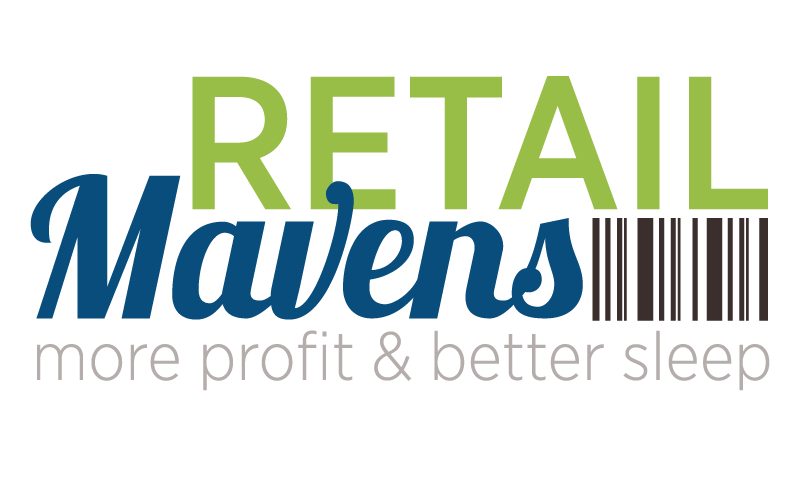The best inventory management software for retailers (also known as Point of Sale Systems – POS) allows you to collect data so that you can reduce mistakes, improve your profitability, and so that you can know what to buy, how to make more money, and how to serve your customers better.
Your inventory is your biggest retail asset and it’s also your single largest expense. It’s imperative that you manage it well.
In our Sales Breakthrough System, Manage Your Inventory is the second step in the process of building a retail business that can support you and your staff financially – because it’s crucial for your sales growth that you have the right amount, of the right inventory. I explain what else goes into this step in this free training.
I often get asked which software I recommend, and it usually depends on your needs – like whether you have a physical location or an online store – or both. I’ll share a list of my recommendations below, but first I want to share some important things for you to look for.
The Best Fit for You
Something to keep in mind when you’re choosing your inventory management software is to make sure that it works for your unique situation. For example, a quilt store has to have software which allows sales by measurement, because fabric isn’t just sold as a unit, it’s sold as a length. So keep your unique needs in mind as you research your options.
Good Reporting
The one thing I always tell clients is that your inventory management software or POS must have good reporting. Many of them don’t! This is something you need in order to make good decisions, create more profit and grow your business.
What you’ll ultimately want to do with your store, is divide your inventory into different sections, or classes. For example, if you have a women’s clothing store, you might have jackets, jewelry, tops, bags, pants and dresses. Those are all different classifications of inventory.

Inventory Reports Needed from Your Inventory Management Software
For all the reports I’m about to share with you, you want to be able to get them by class and by time period, so we can run a report to know what our sales for dresses were last June, for example.
- Sales (all Point of Sale systems will have this report)
- Markdowns & Discounts – There’s a difference between the two – I’ll explain here (Not every Point of Sale system will record this by class but it’s important that you have that data)
- Your inventory totals at cost and at retail by class (Most have it only for the current day and not the historical data and that is fine)
- Received inventory each month at both cost and retail (this info is always entered into your POS, but not always accessible in a report, make sure you get one that allows you to pull this report)
- On Order information – This also allows you to track what you have on backorder which is very helpful to manage your customer expectations
We are all about numbers here at RETAILMavens but I know it might not be your favorite part of retail. One of my clients, Heather from Willow Gift & Home said:
“Cathy, you didn’t teach me to love numbers, but you taught me to love the math that makes me money.”
This is so true! You need to be able to get this data from your point of sale to manage your inventory and be more profitable – so make sure you’re able to pull that information.
Customer Reports Needed from Your Inventory Management Software
You also want to look at what reporting you can get for customers. Beyond the basic list of customers, you’ll want:
- Customer Segmentation – Segmenting your customers based on the inventory they buy or based on the vendors they buy is a wonderful report to get that will greatly improve your marketing success and customer experience
- Customer Profitability – A customer report rating customers profitability will not only show you who your BEST customers are, you will also know who your SALE customers – or Pinkies are, which is exactly what you need when it’s time for your Clearance Sale
- Customer shopping behaviors – Being able to pull a report based on when and how often customers shop, as well as their average purchase, is very helpful as it will allow you to personally reach out to customers to re-activate them consistently
Finally, make sure that you have a way of syncing your brick and mortar inventory with your online inventory. It’s so hard to do that manually. You need that option even if you are a brick & mortar store, because you do need to have an online store for marketing purposes and to provide an additional sales channel for your customers. So make sure your POS supports that physical-online integration, even if you don’t have an online store set up just yet.
Cathy Recommends: Inventory Management Software & Point of Sale Systems
Need more help on deciding which software to choose? Send us an email to clientcare@retailmavens.com and we’d be happy to help!


